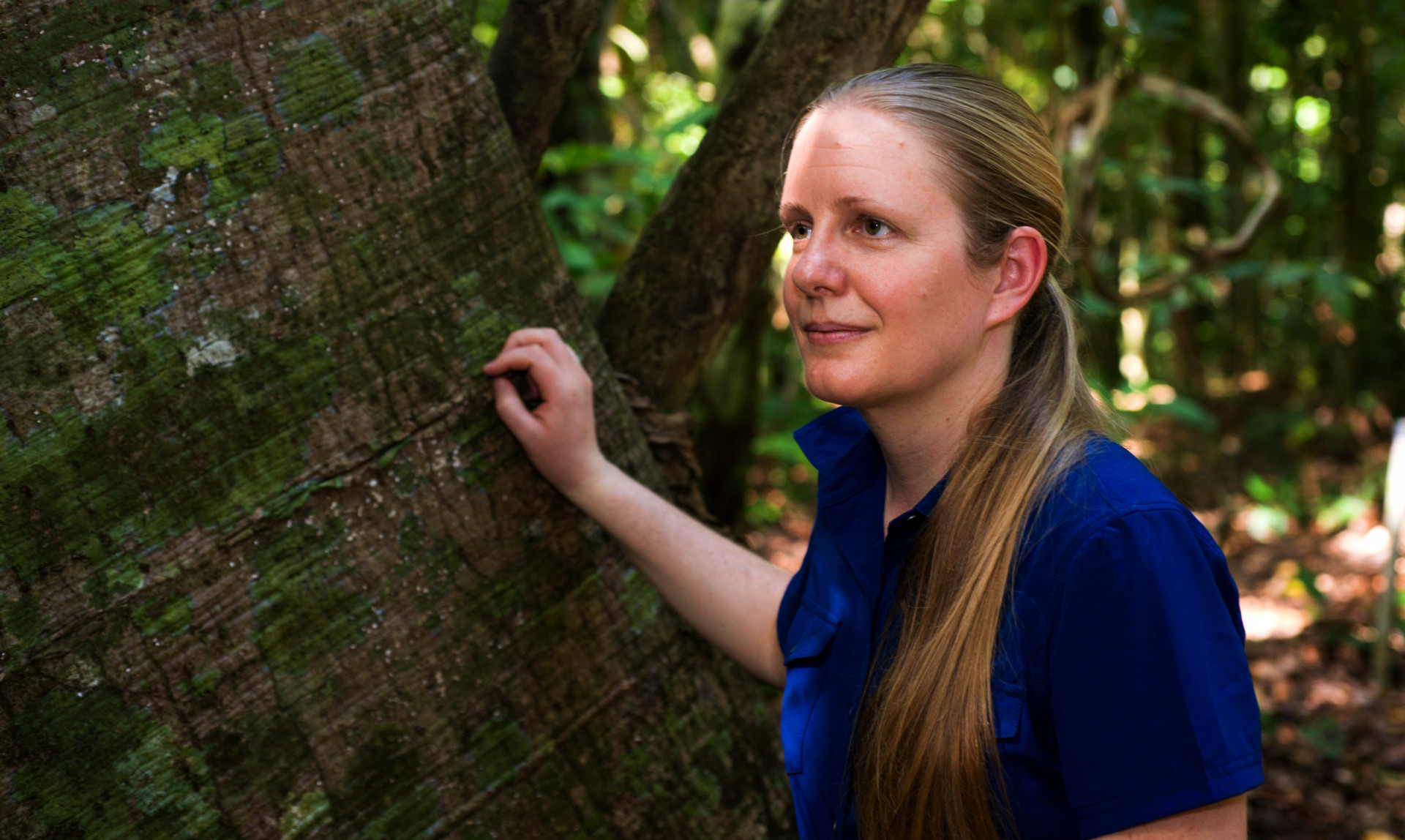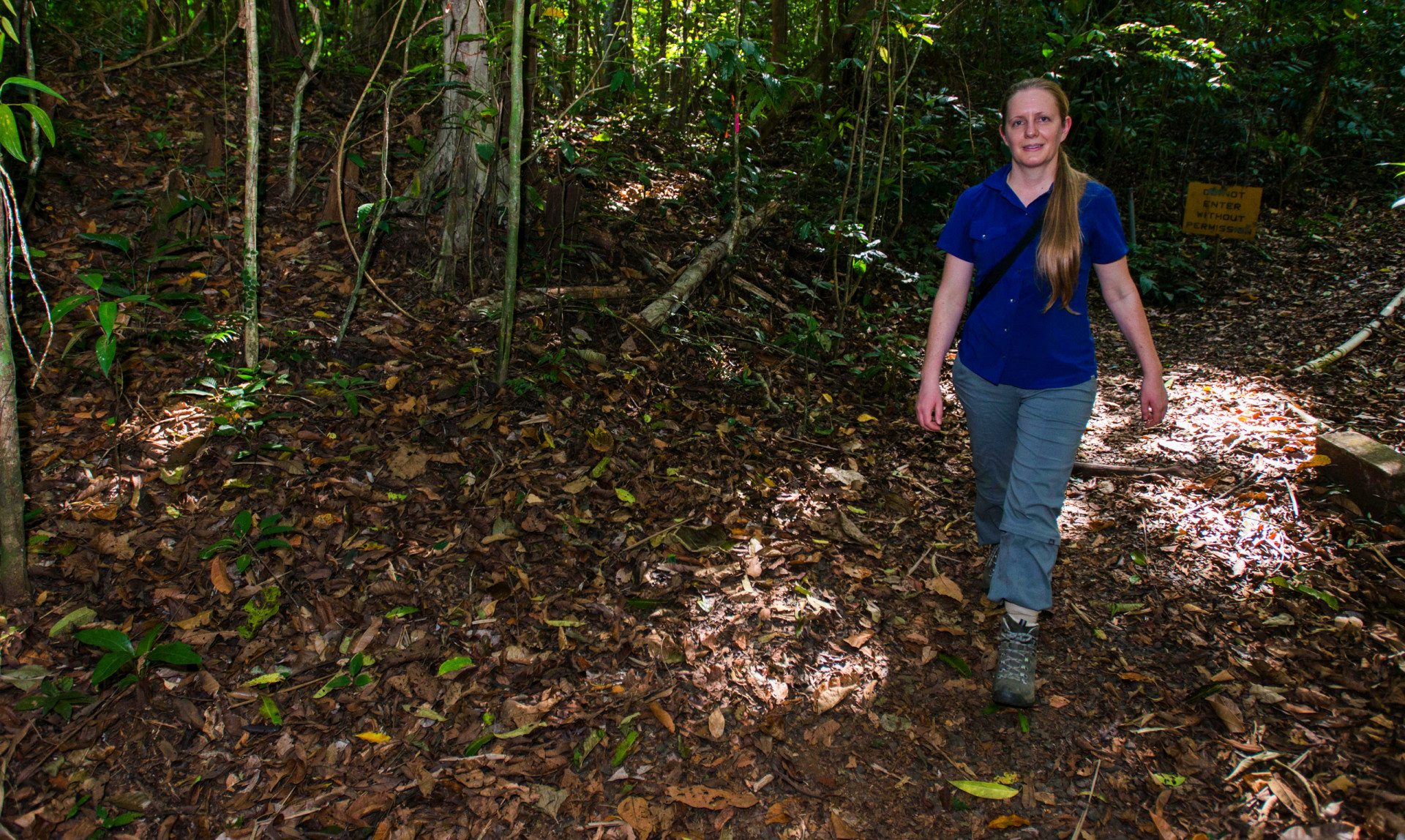Climate Change And Global Forests
What do millions of tree measurements
say about Climate Change?
Barro Colorado Island, Panama
The ecologist who leads ForestGEO’s ecosystems and climate initiative visits STRI and discusses her plans to tackle millions of tree measurements taken across the globe.
More than five million tree diameter measurements have been made across the Smithsonian's Center for Tropical Forest Science (CTFS)-ForestGEO network. For Kristina Anderson-Teixeira, who leads the network's ecosystems and climate initiative, the wealth of data presents a unique opportunity. "I'm working to leverage our data to understand the forests' interactions with the climate system and how these forests are likely to respond to climate change," said Anderson-Teixeira during a recent visit to Panama's Barro Colorado Island.
Teixeira, a joint staff scientist at the Smithsonian Tropical Research Institute and Smithsonian Conservation Biology Institute, is particularly interested in how trees of different sizes respond to environmental variation and in turn affect ecosystem level processes. "For example, how do trees of different sizes respond to drought, and what can we learn about how forests might respond to changing aridity patterns associated with climate change?" She hopes to learn more about what changes are occurring in forests and the mechanisms driving change.
As a network-wide researcher, Anderson-Teixeira’s job is piece together big-picture forest data from the 59 ForestGEO plots around the globe. "Research across the network has shown these forests are changing," she said, pointing to shifting climate, increased nitrogen deposition and habitat fragmentation. "Of course, sorting out what's happening where and why is a very complex story but we have the kind of network where we can do that."

